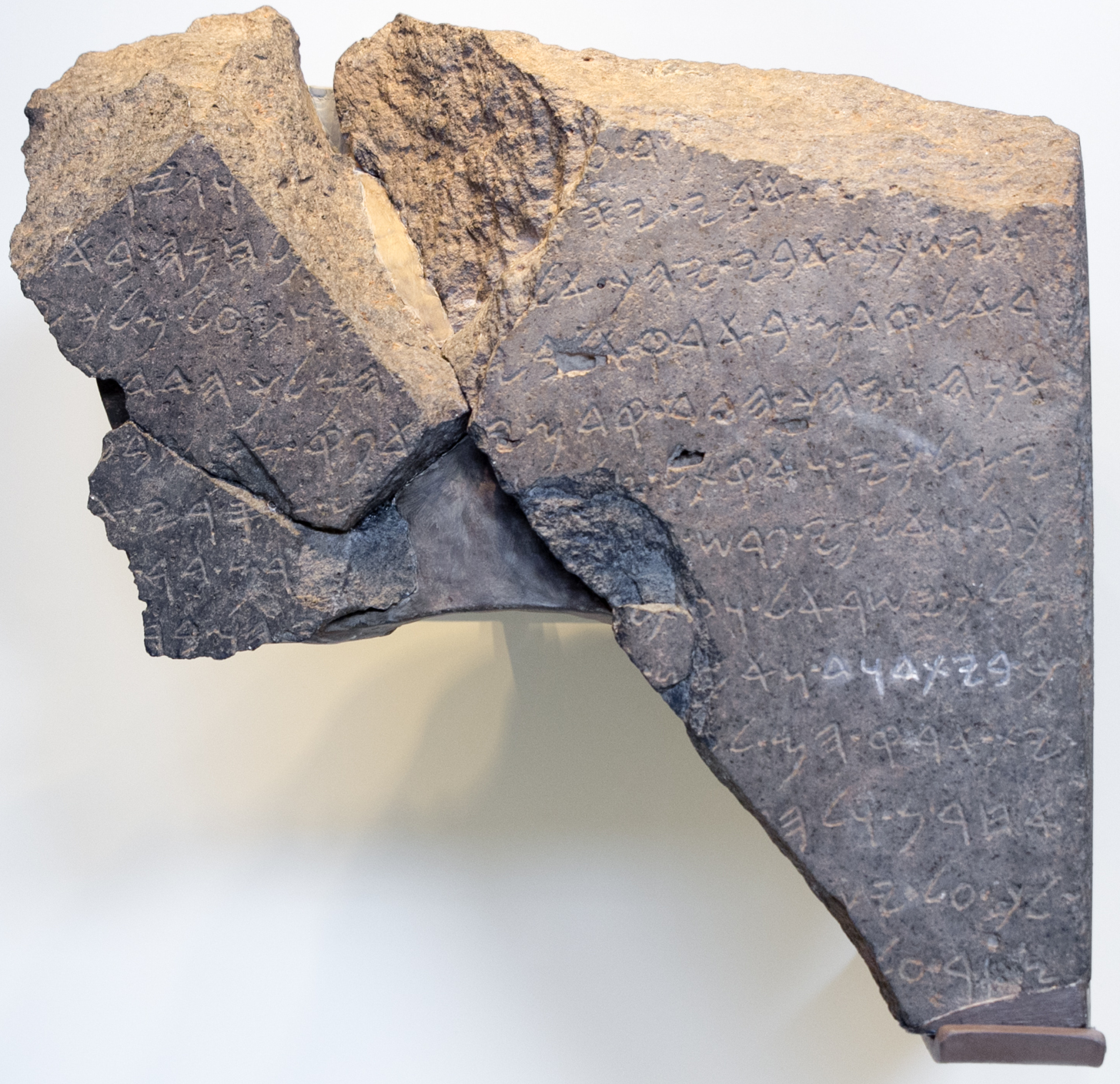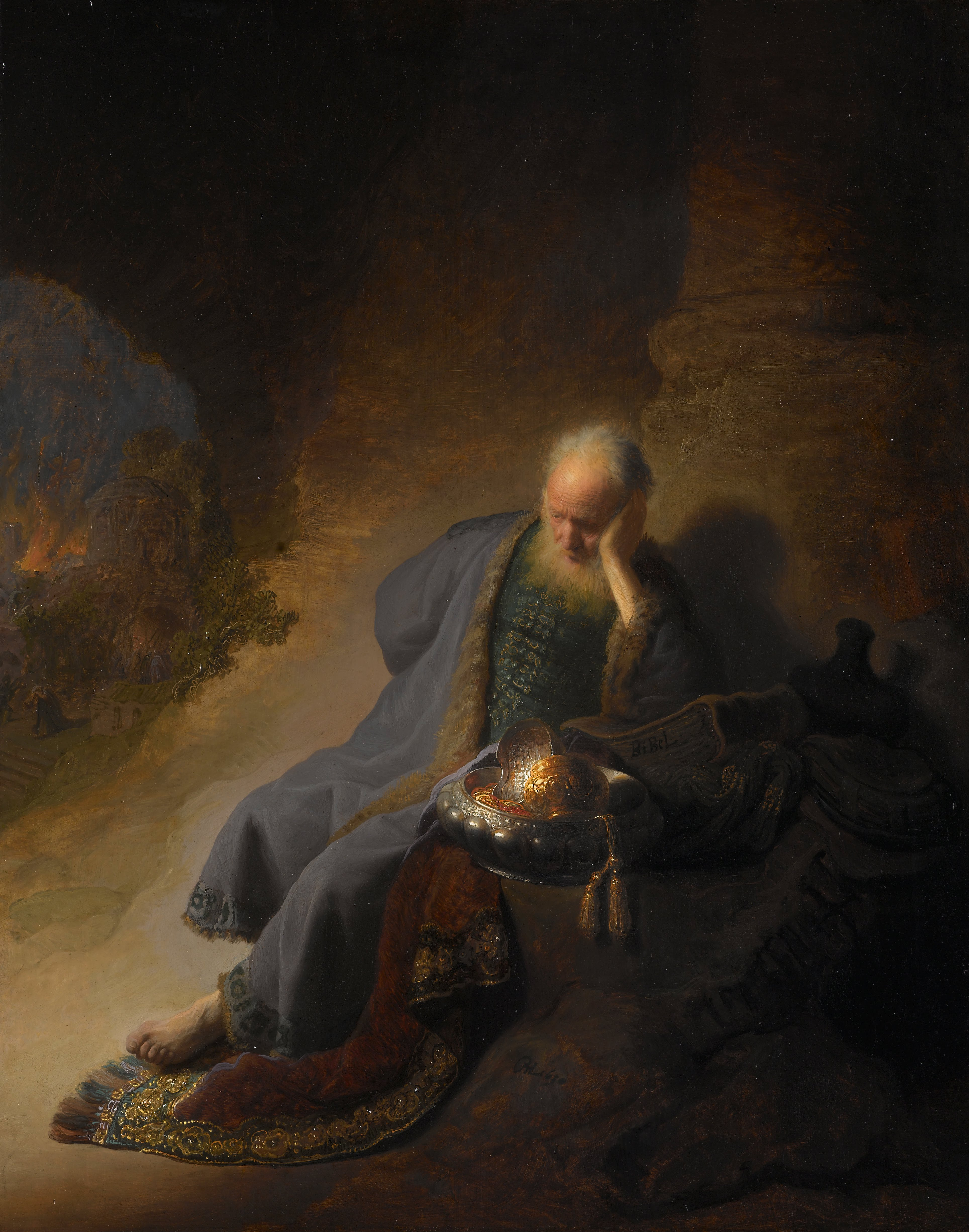|
Achbor
Achbor ( ''ʿAḵbōr'') is a name that means "gnawing" and is, by extension, used as the word for "mouse". There are at least two persons by this name in the Hebrew Bible. Achbor of Edom In the King Lists in the books of Genesis and 1 Chronicles Achbor is the father of Baal-hanan, a king of Edom, but is not actually listed as being king himself although some commentaries assume that he was. See Genesis 36:38; 1 Chronicles 1:49. Achbor of Judah In the Books of Kings Achbor, son of Michaiah, is one of Josiah's officers, and one of the five men sent to the prophetess Huldah to inquire regarding the book of the law newly discovered in the Temple in Jerusalem (2 Kings 22:12, 14). This Achbor is also called Abdon (2 Chronicles 34:20). This may be the same Achbor who is mentioned as the father of Elnathan in the Book of Jeremiah 26:20–23, and who lived in the reign of King Jehoiakim Jehoiakim, also sometimes spelled Jehoikim; la, Joakim was the eighteenth and antepenultimate ... [...More Info...] [...Related Items...] OR: [Wikipedia] [Google] [Baidu] |
Baal-hanan
Baal-hanan (Hebrew: בַּעַל חָנָן / בָּעַל חָנָן, Standard ''Baʿal Ḥanan'' Tiberian ''Baʿal Ḥānān'' / ''Bāʿal Ḥānān'') means "Baal has been gracious". There are two men by this name in the Hebrew Bible. In , Baal-hanan is a King of Edom. He is also mentioned in the King List in . He succeeded Shaul and was himself succeeded by Hadad. He was the son of Achbor. He is called the son of Achbor; but the name of his native city is not given. For this and other reasons, Marqaurt supposes that "son of Achbor" is a duplicate of "son of Beor" (Gen. 36:32), and that "Baal-hanan" in the original text is given as the name of the father of the next king, Hadar.Josef Markwart (Joseph Marquart), ''Fundamente Israelitischer und Jüdischer Gesch.'' 1896, pp. 10 et seq. The date and even historicity of his reign are unknown, as he is not mentioned in any other surviving source. In the Books of Chronicles there is also a second man by this name, from ... [...More Info...] [...Related Items...] OR: [Wikipedia] [Google] [Baidu] |
Edomite People
Edom (; Edomite: ; he, אֱדוֹם , lit.: "red"; Akkadian: , ; Ancient Egyptian: ) was an ancient kingdom in Transjordan, located between Moab to the northeast, the Arabah to the west, and the Arabian Desert to the south and east.Negev & Gibson (ed.), 2001, ''Edom; Edomites'', pp. 149–150 Most of its former territory is now divided between present-day southern Israel and Jordan. Edom appears in written sources relating to the late Bronze Age and to the Iron Age in the Levant. Edomites are related in several ancient sources including the Tanakh, a list of the Egyptian pharaoh Seti I from c. 1215 BC as well as in the chronicle of a campaign by Ramesses III (r. 1186–1155 BC). Archaeological investigation has shown that the nation flourished between the 13th and the 8th century BC and was destroyed after a period of decline in the 6th century BC by the Babylonians. After the fall of the kingdom of Edom, the Edomites were pushed westward towards southern Judah by ... [...More Info...] [...Related Items...] OR: [Wikipedia] [Google] [Baidu] |
Edom
Edom (; Edomite: ; he, אֱדוֹם , lit.: "red"; Akkadian: , ; Ancient Egyptian: ) was an ancient kingdom in Transjordan, located between Moab to the northeast, the Arabah to the west, and the Arabian Desert to the south and east.Negev & Gibson (ed.), 2001, ''Edom; Edomites'', pp. 149–150 Most of its former territory is now divided between present-day southern Israel and Jordan. Edom appears in written sources relating to the late Bronze Age and to the Iron Age in the Levant. Edomites are related in several ancient sources including the Tanakh, a list of the Egyptian pharaoh Seti I from c. 1215 BC as well as in the chronicle of a campaign by Ramesses III (r. 1186–1155 BC). Archaeological investigation has shown that the nation flourished between the 13th and the 8th century BC and was destroyed after a period of decline in the 6th century BC by the Babylonians. After the fall of the kingdom of Edom, the Edomites were pushed westward towards southern Judah ... [...More Info...] [...Related Items...] OR: [Wikipedia] [Google] [Baidu] |
Books Of Kings People
A book is a medium for recording information in the form of writing or images, typically composed of many page (paper), pages (made of papyrus, parchment, vellum, or paper) bookbinding, bound together and protected by a book cover, cover. The technical term for this physical arrangement is ''codex'' (plural, ''codices''). In the history of hand-held physical supports for extended written compositions or records, the codex replaces its predecessor, the scroll. A single sheet in a codex is a Recto, leaf and each side of a leaf is a page (paper), page. As an intellectual object, a book is prototypically a composition of such great length that it takes a considerable investment of time to compose and still considered as an investment of time to read. In a restricted sense, a book is a self-sufficient section or part of a longer composition, a usage reflecting that, in antiquity, long works had to be written on several scrolls and each scroll had to be identified by the book it co ... [...More Info...] [...Related Items...] OR: [Wikipedia] [Google] [Baidu] |
Book Of Genesis People
A book is a medium for recording information in the form of writing or images, typically composed of many pages (made of papyrus, parchment, vellum, or paper) bound together and protected by a cover. The technical term for this physical arrangement is '' codex'' (plural, ''codices''). In the history of hand-held physical supports for extended written compositions or records, the codex replaces its predecessor, the scroll. A single sheet in a codex is a leaf and each side of a leaf is a page. As an intellectual object, a book is prototypically a composition of such great length that it takes a considerable investment of time to compose and still considered as an investment of time to read. In a restricted sense, a book is a self-sufficient section or part of a longer composition, a usage reflecting that, in antiquity, long works had to be written on several scrolls and each scroll had to be identified by the book it contained. Each part of Aristotle's ''Physics'' is ca ... [...More Info...] [...Related Items...] OR: [Wikipedia] [Google] [Baidu] |
Kingdom Of Judah
The Kingdom of Judah ( he, , ''Yəhūdā''; akk, 𒅀𒌑𒁕𒀀𒀀 ''Ya'údâ'' 'ia-ú-da-a-a'' arc, 𐤁𐤉𐤕𐤃𐤅𐤃 ''Bēyt Dāwīḏ'', " House of David") was an Israelite kingdom of the Southern Levant during the Iron Age. Centered in Judea, the kingdom's capital was Jerusalem. The other Israelite polity, the Kingdom of Israel, lay to the north. Jews are named after Judah and are primarily descended from it. The Hebrew Bible depicts the Kingdom of Judah as a successor to the United Kingdom of Israel, a term denoting the united monarchy under biblical kings Saul, David and Solomon and covering the territory of Judah and Israel. However, during the 1980s, some biblical scholars began to argue that the archaeological evidence for an extensive kingdom before the late-8th century BCE is too weak, and that the methodology used to obtain the evidence is flawed. In the 10th and early 9th centuries BCE, the territory of Judah appears to have been sparsely populat ... [...More Info...] [...Related Items...] OR: [Wikipedia] [Google] [Baidu] |
Jehoiakim
Jehoiakim, also sometimes spelled Jehoikim; la, Joakim was the eighteenth and antepenultimate king of Judah from 609 to 598 BC. He was the second son of king Josiah () and Zebidah, the daughter of Pedaiah of Rumah. His birth name was Eliakim.; la, Eliakim Background After Josiah's death, Jehoiakim's younger brother Jehoahaz (also known as Shallum) was proclaimed king, but after three months Pharaoh Necho II deposed him, making Eliakim king in his place. When placed on the throne, his name was changed to "Jehoiakim". Jehoiakim reigned for eleven years, until 598 BCDan Cohn-Sherbok, ''The Hebrew Bible'', Continuum International, 1996, page x. and was succeeded by his son Jeconiah (also known as Jehoiachin), who reigned for only three months. Reign Jehoiakim was appointed king by Necho II, king of Egypt, in 609 BC, after Necho's return from the battle in Harran, three months after he had killed King Josiah at Megiddo. Necho deposed Jehoiakim's younger brother Jehoahaz aft ... [...More Info...] [...Related Items...] OR: [Wikipedia] [Google] [Baidu] |
Book Of Jeremiah
The Book of Jeremiah ( he, ספר יִרְמְיָהוּ) is the second of the Latter Prophets in the Hebrew Bible, and the second of the Prophets in the Christian Old Testament. The superscription at chapter Jeremiah 1:1–3 identifies the book as "the words of Jeremiah son of Hilkiah". Of all the prophets, Jeremiah comes through most clearly as a person, ruminating to his scribe Baruch about his role as a servant of God with little good news for his audience. His book is intended as a message to the Jews in exile in Babylon, explaining the disaster of exile as God's response to Israel's pagan worship: the people, says Jeremiah, are like an unfaithful wife and rebellious children, their infidelity and rebelliousness made judgment inevitable, although restoration and a new covenant are foreshadowed. Authentic oracles of Jeremiah are probably to be found in the poetic sections of chapters 1 –25, but the book as a whole has been heavily edited and added to by the prophet's ... [...More Info...] [...Related Items...] OR: [Wikipedia] [Google] [Baidu] |
Mouse
A mouse ( : mice) is a small rodent. Characteristically, mice are known to have a pointed snout, small rounded ears, a body-length scaly tail, and a high breeding rate. The best known mouse species is the common house mouse (''Mus musculus''). Mice are also popular as pets. In some places, certain kinds of field mice are locally common. They are known to invade homes for food and shelter. Mice are typically distinguished from rats by their size. Generally, when a muroid rodent is discovered, its common name includes the term ''mouse'' if it is smaller, or ''rat'' if it is larger. The common terms ''rat'' and ''mouse'' are not taxonomically specific. Typical mice are classified in the genus '' Mus'', but the term ''mouse'' is not confined to members of ''Mus'' and can also apply to species from other genera such as the deer mouse, ''Peromyscus''. Domestic mice sold as pets often differ substantially in size from the common house mouse. This is attributable to breeding a ... [...More Info...] [...Related Items...] OR: [Wikipedia] [Google] [Baidu] |
Temple In Jerusalem
The Temple in Jerusalem, or alternatively the Holy Temple (; , ), refers to the two now-destroyed religious structures that served as the central places of worship for Israelites and Jews on the modern-day Temple Mount in the Old City of Jerusalem. According to the Hebrew Bible, the First Temple was built in the 10th century BCE, during the reign of Solomon over the United Kingdom of Israel. It stood until , when it was destroyed during the Babylonian siege of Jerusalem. Almost a century later, the First Temple was replaced by the Second Temple, which was built after the Neo-Babylonian Empire was conquered by the Achaemenid Persian Empire. While the Second Temple stood for a longer period of time than the First Temple, it was likewise destroyed during the Roman siege of Jerusalem in 70 CE. Projects to build the hypothetical " Third Temple" have not come to fruition in the modern era, though the Temple in Jerusalem still features prominently in Judaism. Today, the Temple M ... [...More Info...] [...Related Items...] OR: [Wikipedia] [Google] [Baidu] |
Hebrew Bible
The Hebrew Bible or Tanakh (;"Tanach" ''Random House Webster's Unabridged Dictionary''. Hebrew: ''Tānāḵh''), also known in Hebrew as Miqra (; Hebrew: ''Mīqrā''), is the Biblical canon, canonical collection of Hebrew language, Hebrew scriptures, including the Torah, the Nevi'im, and the Ketuvim. Different branches of Judaism and Samaritanism have maintained different versions of the canon, including the 3rd-century Septuagint text used by Second-Temple Judaism, the Syriac language Peshitta, the Samaritan Torah, the Dead Sea Scrolls, and most recently the 10th century medieval Masoretic Text, Masoretic text created by the Masoretes currently used in modern Rabbinic Judaism. The terms "Hebrew Bible" or "Hebrew Canon" are frequently confused with the Masoretic text, however, this is a medieval version and one of several ... [...More Info...] [...Related Items...] OR: [Wikipedia] [Google] [Baidu] |




.jpg)


